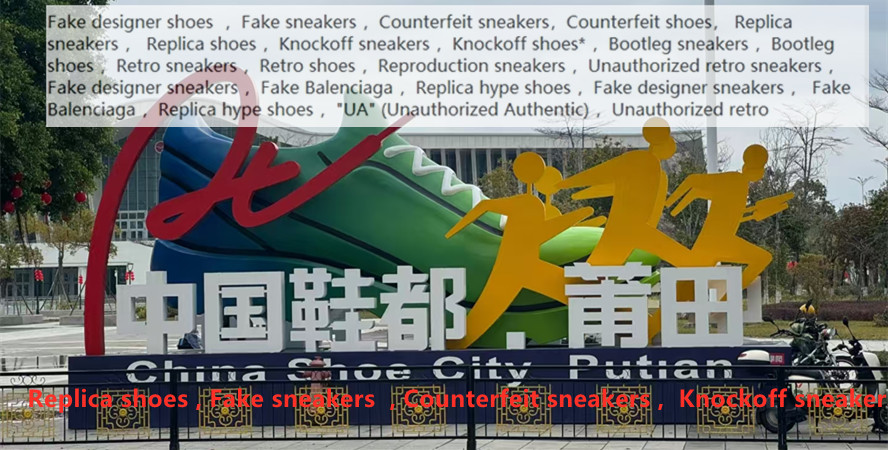Bootleg sneakersIs Company-Level Shoe Quality Categorized into Upper, Middle and Lower Grades?公司级的鞋分上中下吗
Bootleg sneakersIs Company-Level Shoe Quality Categorized into Upper, Middle and Lower Grades?,

**Are Company-Level Shoes Classified into Upper, Middle and Lower Tiers?**
Introduction
In the context of corporate footwear production, the question of whether company-level shoes are classified into upper, middle and lower tiers is a complex one. The answer lies in the intersection of branding, quality, market positioning, and consumer perception. Let's delve into this topic to understand the factors that determine the tier classification of company shoes.Firstly, it's important to recognize that every company has its own standards and strategies for product classification. A company's shoe range is typically categorized based on the materials used, craftsmanship, design elements, and the overall quality assurance processes involved. Higher-end shoe companies are likely to invest in premium materials and exclusive designs, reflecting in their products a premium price tag and an associated luxurious perception.
Moreover, brand image and reputation play a pivotal role in determining the tier of a shoe. A company's flagship products are often positioned at the top tier, aiming to cater to a specific niche market or high-end consumers. These shoes are often associated with high-profile advertising campaigns and celebrity endorsements.
The Classification of Company Shoes into Tiers
Upper-tier shoes are characterized by premium quality materials, intricate craftsmanship, long-lasting comfort and durability, as well as exclusive designs. They are often targeted at a specific consumer segment that values quality and brand reputation above all else. Companies typically invest heavily in research and development to ensure these shoes offer an unparalleled wearing experience.
Middle-tier shoes aim to offer a balance between price and quality. They are designed to cater to a broader consumer base and are often characterized by reasonable pricing, good quality materials, and designs that cater to the masses. These shoes are often the most profitable for companies as they cater to a wide market segment.
Lower-tier shoes are designed primarily for affordability and mass production. While they might not offer the same level of quality as higher-end products, they cater to a price-sensitive consumer segment. These shoes are often produced in large quantities and are targeted at emerging markets or budget-conscious consumers.
It's important to note that the classification of shoes into upper, middle and lower tiers is not an absolute rule across all companies. Each company has its own unique strategy that considers factors like market size, competition, consumer preferences, and overall business objectives.
Conclusion
In conclusion, while company-level shoes can be broadly classified into upper, middle and lower tiers based on their quality, price point, materials used, and consumer targeting strategies, it's important to recognize that each company has its own unique approach to product classification. Understanding these nuances is crucial for businesses seeking to compete in the fiercely competitive footwear industry.

- Replica hype shoesTop Putian Shoe Companies: A Review on Quality and Grade.
- Bootleg sneakersTitle: Shandong Putian Shoe Company's Quality Review 这个标题包含了您要求的关键词,同时也清晰地传达了内容的重点。
- Fake Balenciaga廊坊莆田公司级鞋品质研究:探究顶级鞋履的工艺与品质 英文标题为:Research on the Quality of Langfang Putian Company's Shoes: Exploring the Craftsmanship and Quality of Top-Grade Footwear
- Fake designer shoesPudong Company Grade AJ11 Kangkou - Quality Sneaker Review
- Fake designer sneakersTitle: Grade 4 Publishing Corporation B Edition 这个标题简洁明了,包含了所有关键词,且不超过40个字符。四年级出版集团股份有限公司b版
- Fake designer sneakersShenzhen Kuleshi Technology Ltd. (Q6 Upgrade Version) Review.深圳酷乐视科技有限公司(Q6升级版)
- Reproduction sneakersCan Company-Grade Shoes Be Easily Spotted as Fake?公司级的鞋可以一眼看出是假的吗
- Unauthorized retroAdidas YZY 700 Golden Label Company Grade - The Ultimate Sneaker Guide阿迪椰子700get金标版和公司级

